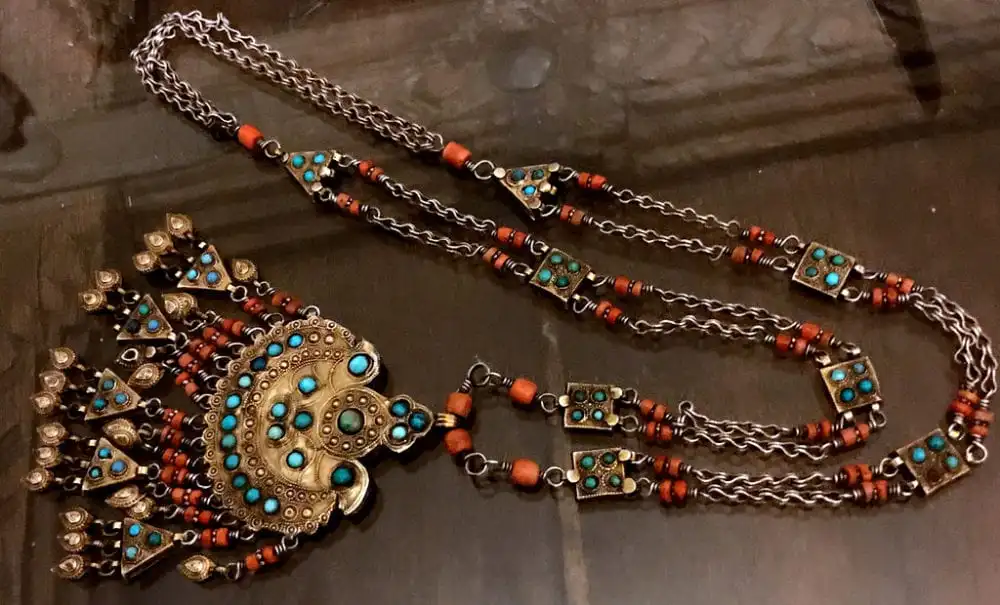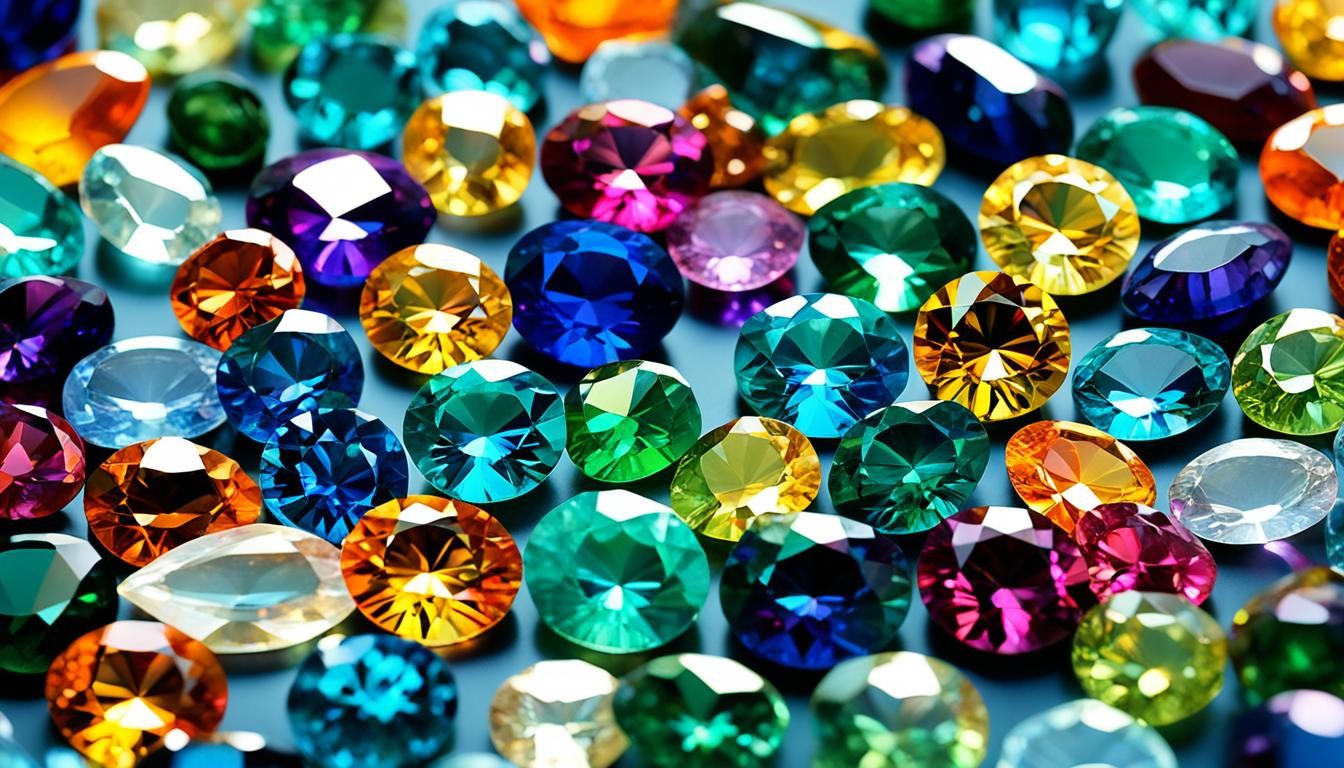
Adorned Narratives: Unraveling the Cultural Significance of Ethnic Jewelry
Introduction:
Jewelry has long been more than just ornamental; it serves as a reflection of cultural identity and heritage. Ethnic jewelry, in particular, holds profound significance, weaving tales of traditions, beliefs, and societal roles. In this exploration, we delve into the rich cultural tapestry embedded in ethnic jewelry, unveiling the stories behind these intricate adornments.
- Symbolism in Design: One of the most captivating aspects of ethnic jewelry lies in its symbolic design elements. Each motif, color, and shape often carries deep cultural meanings. For instance, in Indian jewelry, the lotus flower symbolizes purity and enlightenment, while in African jewelry, geometric patterns may represent unity or spirituality. Understanding these symbols adds layers of appreciation to the craftsmanship.
- Materials and Craftsmanship: The choice of materials and craftsmanship techniques in ethnic jewelry often reflects the resources available in a particular region. For instance, Native American jewelry frequently features turquoise, a stone found abundantly in the Southwest. The meticulous craftsmanship, passed down through generations, showcases the dedication and skill of artisans, further enhancing the cultural value.
- Ceremonial Significance: Ethnic jewelry plays a pivotal role in various ceremonies and rites of passage within communities. From weddings to initiations, specific pieces are chosen to mark these significant life events. For example, the Maang Tikka in Indian weddings signifies the union of two souls, while the Quinceañera crown in Hispanic cultures represents a young girl’s transition into womanhood.
- Social and Economic Status: In many cultures, the type and amount of jewelry a person wears can indicate their social or economic standing. Gold and precious gemstones, for instance, have historically been associated with wealth and prosperity. Understanding these societal cues adds depth to the appreciation of ethnic jewelry as it serves as a visual language that communicates status within a community.
- Passing Down Traditions: Ethnic jewelry often serves as a means of preserving and passing down cultural traditions. Heirloom pieces carry not only aesthetic value but also the weight of family history. The act of bequeathing these treasures to the next generation becomes a powerful gesture, ensuring that cultural heritage remains alive and cherished.
- Regional Diversity: The vast array of ethnic jewelry worldwide showcases the incredible diversity across regions and communities. From the intricate silverwork of Berber jewelry in North Africa to the vibrant beadwork of Maasai tribes in East Africa, each piece tells a distinct story of its origin. Exploring this diversity fosters a deeper understanding of global cultures and their unique artistic expressions.
- Contemporary Resonance: While deeply rooted in tradition, ethnic jewelry continues to evolve and adapt to contemporary aesthetics. Many designers draw inspiration from traditional forms, infusing them with a modern twist. This fusion not only keeps cultural narratives alive but also allows for the continued relevance and appreciation of ethnic jewelry in today’s diverse global landscape.
In conclusion, ethnic jewelry stands as a testament to the rich tapestry of human culture, with each piece serving as a tangible link to history, beliefs, and traditions. By understanding the symbolism, craftsmanship, and societal roles embedded in these adornments, we can forge a deeper connection with the diverse cultures that have shaped our world. Let us continue to celebrate and honor the stories woven into the threads of ethnic jewelry, ensuring that these cultural treasures endure for generations to come.

